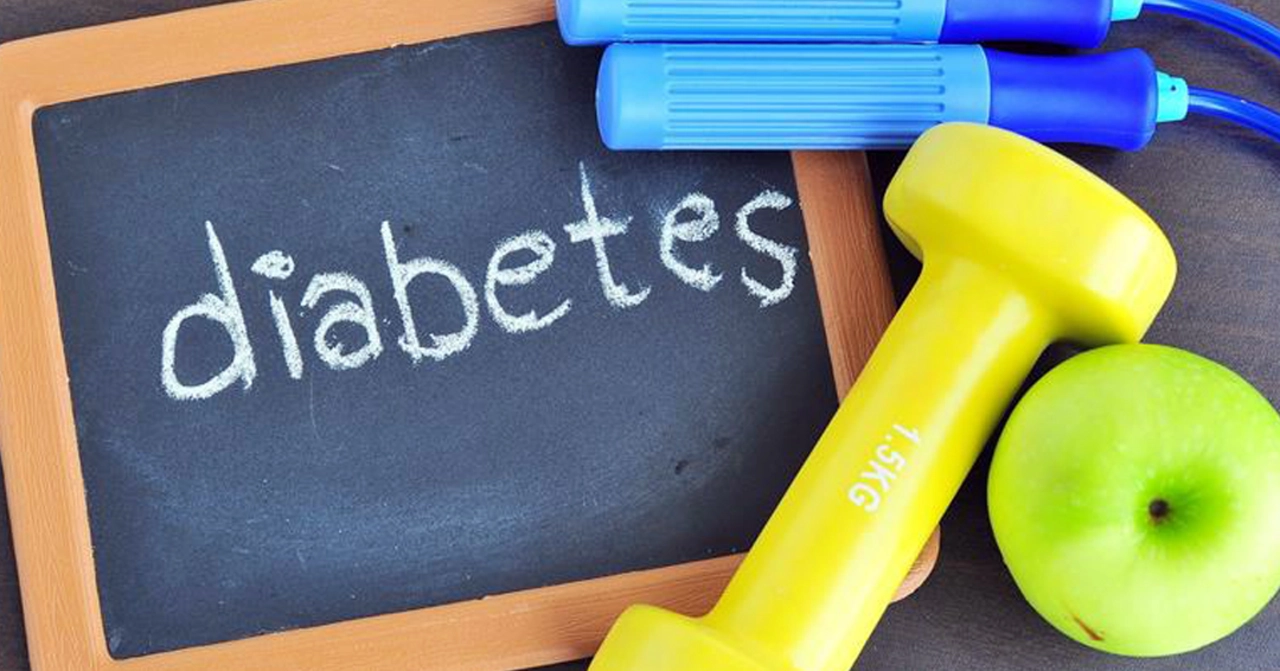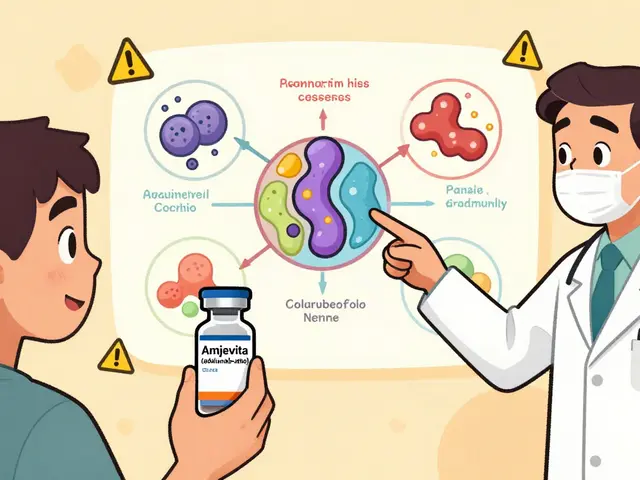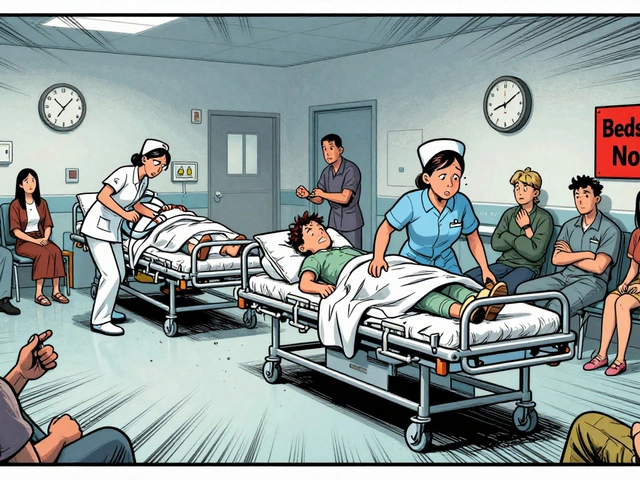Type 2 Diabetes: Practical Steps to Control Blood Sugar
Type 2 diabetes is the most common form of diabetes. You can manage it with the right habits, regular testing, and the right medicines. This page gives clear, useful steps you can start using today — no fluff, just what matters.
First, know the basics. Type 2 diabetes happens when your body doesn’t use insulin well. That leads to high blood sugar, which over time can damage nerves, eyes, kidneys, and feet. Early signs include increased thirst, frequent urination, tiredness, and slow-healing cuts. If you notice those, see your doctor.
Simple daily habits that help
Move more. Aim for 30 minutes of moderate activity most days — brisk walking, cycling, or a workout video. Small, regular sessions beat occasional intense workouts. Watch carbs, not just calories: choose whole grains, vegetables, and lean proteins. Try plate method portions: half non-starchy veggies, a quarter protein, a quarter grains or starchy foods.
Lose even 5-10% of body weight if you’re overweight — that often improves blood sugar a lot. Sleep and stress matter too. Poor sleep and chronic stress raise blood sugar and insulin resistance. Practice a simple wind-down routine and use short stress breaks during the day.
Medications and monitoring
Metformin is the usual first drug. If that isn’t enough, doctors add SGLT2 inhibitors, GLP-1 receptor agonists, sulfonylureas, or insulin depending on your needs. Each drug class has pros and cons: some help weight loss, others can cause low blood sugar or affect kidneys. Talk through these trade-offs with your clinician.
Check your A1c every 3 months until stable, then every 6 months. Many people aim for an A1c below 7%, but your doctor may set a different goal based on age and other health issues. Use a home glucose meter or continuous glucose monitor if recommended — data helps you and your provider make smart changes.
Foot and eye checks are part of good care. Inspect your feet daily, report sores that don’t heal, and get annual retinal exams. Ask for kidney function blood tests and watch blood pressure and cholesterol — controlling those reduces risk of complications.
Cost worries are normal. Ask for generic options, compare pharmacy prices, and check discount programs or manufacturer patient-assistance for certain drugs. Our site has a guide on cutting prescription costs that lists safe ways to save and what to avoid when buying meds online.
If you have very high blood sugar, ketones, severe nausea, confusion, or a wound that won’t heal, seek care fast. Regular check-ins with your healthcare team catch problems early and keep you on track.
Type 2 diabetes is manageable. Small, consistent changes in food, activity, monitoring, and smart use of medications make a big difference. If you want, explore our articles on saving on prescriptions and safe online pharmacies to lower costs without risking safety.

Dapasmart: The Smart Way to Manage Type 2 Diabetes in 2025
Learn how Dapasmart is changing type 2 diabetes treatment in 2025. Get relevant facts and actionable tips for safer, more effective blood sugar control.
View More
Managing Type 2 Diabetes During the Holidays: Tips for Staying on Track
The holiday season can be a challenging time for those of us with type 2 diabetes, as we're often surrounded by tempting treats and lavish meals. To stay on track, I recommend planning ahead by bringing diabetes-friendly dishes to gatherings and being mindful of portion sizes. It's also important to maintain a consistent exercise routine and monitor blood sugar levels closely. Lastly, don't forget to enjoy yourself and indulge in your favorite holiday treats in moderation – it's all about balance!
View More




